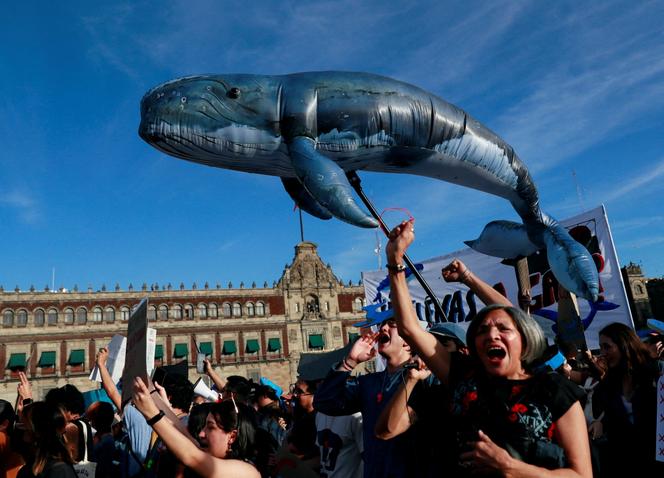


Whales or gas? To make the stakes clear from the outset, that is how 37 environmental organizations named their campaign against "Saguaro," Mexico's largest liquefied natural gas (LNG) export project. Developed by Mexico Pacific Limited, the project calls for the construction of an 800-kilometer pipeline from the Permian Basin in Texas – where shale gas is extracted – to Puerto Libertad, in the state of Sonora, on the shore of the Gulf of California.
The gulf, also known as the Sea of Cortez, was described by French star explorer Jacques-Yves Cousteau as "the world's aquarium" because it is home to around 900 fish species and 36 species of cetaceans. In Puerto Libertad, a liquefaction plant covering 607 hectares could potentially be built to enable LNG to be shipped by tanker to Asia. Construction costs are estimated at nearly $14 billion; the project ultimately aims to produce 15 million metric tons of LNG per year.
Whales could be the first victims, according to a study published in January by the Marine Mammal Research Program at the Autonomous University of Baja California, as nearly 200 ships are expected to dock annually in Puerto Libertad to load LNG. "The transit of LNG vessels through the Gulf of California threatens to become the main cause of death of large whales by collisions," the study concluded.
You have 70.19% of this article left to read. The rest is for subscribers only.
